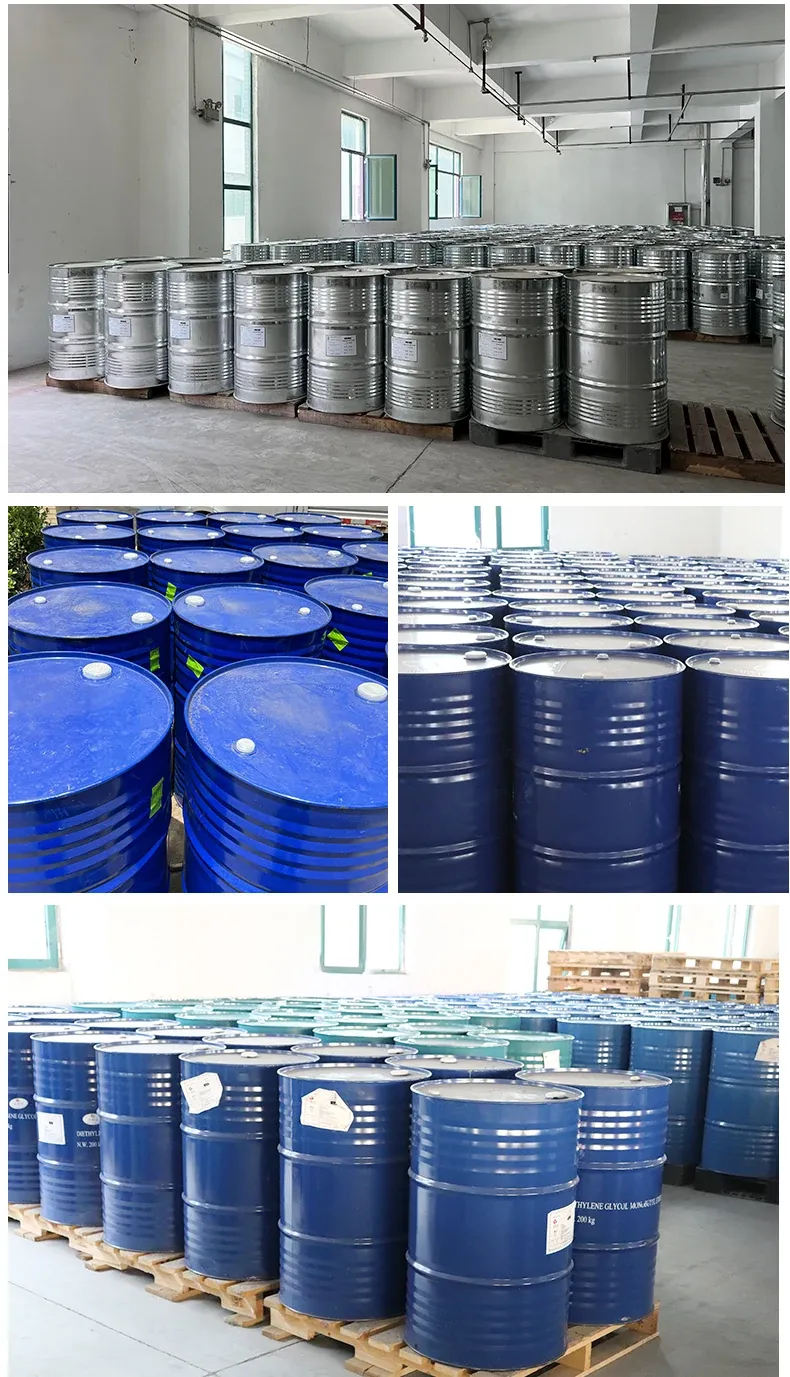
दिसम्बर . 06, 2024 23:21 Back to list
Applications and Benefits of Lithopone in Various Industries and Products
Lithopone Versatile Uses and Applications
Lithopone is a white pigment that has been a significant player in the field of coatings, plastics, and various other industries since its introduction in the late 19th century. Composed primarily of barium sulfate and zinc sulfide, lithopone is valued not only for its brilliant whiteness but also for its excellent hiding power and durability. This article explores the diverse uses of lithopone across multiple industries and highlights its importance in modern manufacturing.
History and Composition
Lithopone was developed in the 1860s as a cheaper alternative to other white pigments like lead white and titanium dioxide. The pigment is typically produced by precipitating barium sulfate and zinc sulfide together, resulting in a product that has a more stable chemical structure and provides better coverage. Its non-toxic nature made it especially attractive to manufacturers targeting safety and environmental compliance.
Applications in Paints and Coatings
One of the primary uses of lithopone is in the production of paints and coatings. Its excellent opacity and brightness make it ideal for both interior and exterior applications. Lithopone is particularly useful in water-based paints, where it provides a smooth finish without yellowing over time. Due to its resistance to weathering and UV light, lithopone is commonly found in outdoor coatings, where it helps to maintain color and finish under harsh environmental conditions.
Plastics and Polymers
In the plastics industry, lithopone serves as a valuable pigment in a variety of products, including PVC, polyethylene, and polypropylene. It enhances the opacity and brightness of these materials while keeping production costs relatively low. Furthermore, lithopone’s compatibility with a wide range of resins makes it an attractive choice for manufacturers aiming for high-quality, durable plastic products. Its application in polymers extends to consumer goods, automotive interiors, and packaging materials, showcasing its versatility.
Rubber Products
The rubber industry also leverages lithopone for its properties. When added to rubber compounds, lithopone improves the aesthetic appeal and weather resistance of rubber products. It helps in achieving a high degree of whiteness and opacity, which is especially important in products like tires and various rubber seals. The incorporation of lithopone can enhance the durability of rubber while maintaining the necessary flexibility required for its applications.
lithopone uses

Inks and Dyes
Lithopone plays a crucial role in the manufacturing of inks, particularly in printing. Its exceptional hiding power ensures that printed images are vibrant and sharp. Lithopone is a preferred choice in the production of inks used in newspapers, magazines, and sophisticated packaging materials. Furthermore, its non-toxic properties align with the growing demand for safe and environmentally friendly inks in the printing industry.
Ceramics and Glass
In the ceramics and glass industries, lithopone is employed to produce glazes that offer bright white finishes. The high opacity of lithopone makes it an excellent choice for coating ceramics, providing an aesthetically pleasing surface while ensuring consistency in color and quality. Additionally, lithopone’s heat resistance allows it to withstand high-temperature processes in glass manufacturing, making it integral to producing durable glass products.
Innovations and Environmental Considerations
As sustainability becomes increasingly important, the role of lithopone continues to evolve. Manufacturers are now focusing on optimizing lithopone production processes to minimize environmental impact. Innovations in recycling and the sourcing of raw materials are being explored to create a more sustainable lifecycle for lithopone-based products.
Moreover, as regulatory standards tighten concerning the use of hazardous materials, lithopone presents a safe alternative to more harmful pigments. Its non-toxic nature aligns with the growing trend of eco-friendly manufacturing, making it a favorable choice for companies committed to sustainability.
Conclusion
Lithopone's myriad applications across various industries underscore its importance as a versatile and valuable pigment. From enhancing the brightness and durability of paints and coatings to contributing to the aesthetics of plastics and ceramics, lithopone continues to demonstrate its wide-ranging utility. As innovation and sustainability take center stage in manufacturing, lithopone’s role is likely to expand, solidifying its position as a key player in the pigment industry for years to come.
-
High Quality China Black Iron Oxide Powder Supplier Competitive Price & Fast Delivery
NewsJul.08,2025
-
High Quality Titanium Dioxide Used in Rubber – Trusted Supplier & Factory Price
NewsJul.08,2025
-
High Purity Barium Sulfate Particle Size - Wholesale Manufacturer from China
NewsJul.07,2025
-
Premium Titanium Dioxide Lomon R-996 Supplier – Quality & Wholesale Price from China
NewsJul.07,2025
-
Top Titanium Manufacturers in China - Quality Titanium Dioxide Supplier & Production Line Solutions
NewsJul.06,2025
-
OEM Titanium White Supplier & Factory – High Purity, Consistent Quality for Industrial Use
NewsJul.06,2025
